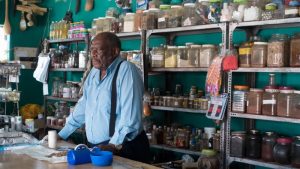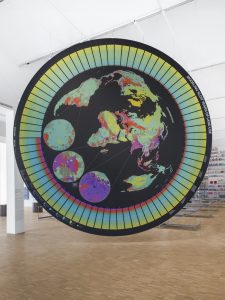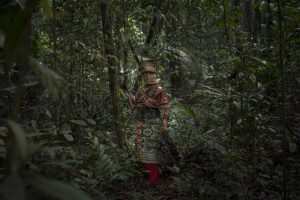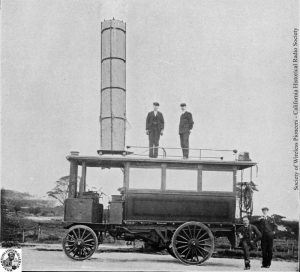Bioreboot: The Architecture of R&sie{n} by Giovanni Corbellini, Alessandro Rocca and François Roche (available on Amazon USA and UK.)
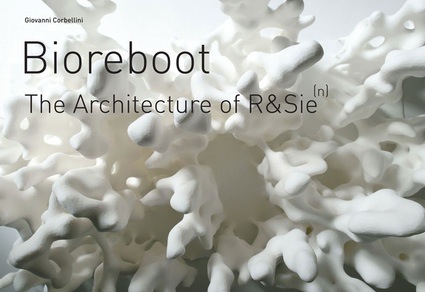
Publisher Princeton Architectural Press writes: What do you call an architecture firm that draws inspiration from the most extreme aspects of nature and human psychology? When faced with this challenge, architects François Roche and Stephanie Lavaux decided that the best way to express their firm’s design philosophy would be to change its name every few years. Presently, the Paris-based practice goes by the name of R&Sie(n). Pronounced “heresy” in French, the firm’s radical approach–what they refer to as a “chameleon strategy”–permeates everything they do, right down to their gender-bending, morphed anti publicity photo. Led by Roche and Lavaux, R&Sie(n)’s investigative approach to architecture focuses on developing technological experiments–cartographic distortions and territorial mutations–in order to explore the bond between building, context, and human relations. Each building is a process, a dynamic device with the tenacity of a parasite that uses every means offered by architecture to perform an ecologically useful function.
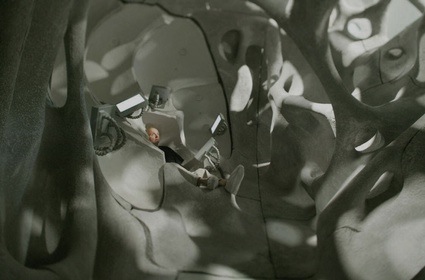 Hypnosis Chamber, 2005
Hypnosis Chamber, 2005
Because their speculative work cannot be reduced to plans and models, R&Sie(n) has sometimes been compared to avangarde architecture studios Archigram or Superstudio. I hope i won’t scandalize everyone by comparing R&Sie(n) to Martin Margiela. R&Sie(n) and Margiela’s unconventional work regularly pops up in art exhibitions. Experts celebrate their creativity, yet Abu Dhabi magnates don’t rush to commission them buildings or garments. They shy away from having their portraits splashed in glossy mags and coffee table books. An interview of François Roche for Volume featured his hand gestures and nothing else; rumor has it that the only picture taken of Martin Margiela turned up to be a photo of a random guy stepping out of a nightclub. However, their respective work is so unique that this superficial exercise of comparison rapidly looses its raison d’être. R&Sie(n)’s buildings have a strong connection to their immediate environment. You can’t say that about the creations of the Belgian designer. R&Sie(n)’s projects does not just take in urban fabric, they also allow elements such as climatic conditions, robotic processes, or organic data to engage in the reflection and the shaping of the architectural structures. If need be, R&Sie(n)’s projects go as far as embracing the most unpleasant aspects of the location, pollution, mosquitoes, or disturbing psychological agents. While they are intimately connected with nature, R&Sie(n)’s projects nevertheless convey a critical view of sustainability-chic.
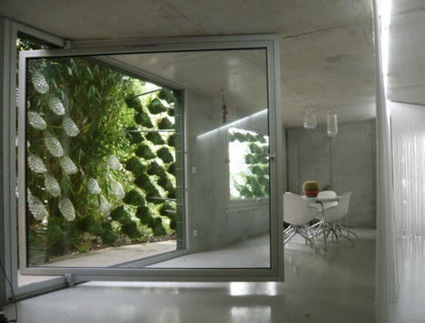 I’m lost in Paris, 2008
I’m lost in Paris, 2008
In this monograph, essays alternate with plans, photographs, and renderings that illustrate almost 20 projects by R&sie{n}. The design of the book is as austere as the one of the architects’ own website. With the added defect that fonts are really tiny and there’s no button to press for zooming in. I found the text painful to read and i don’t think i’m completely moth-eaten yet. Nevertheless a groupie of R&sie{n} like me can only welcome the book. I’ve admired their work for years but so far all i knew about it were bits and pieces i had mentally collected from museums, magazines and mentions in blogs. Bioreboot is a very inspiring book both for people who have been following their work for years and for anyone interested in issues surrounding architecture and the way we might live and dwell in the near future.
Consider some of their projects:
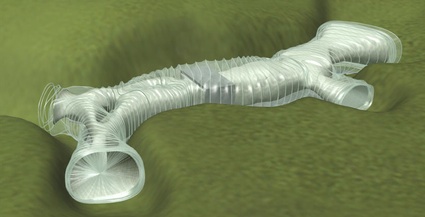 Mosquito bottleneck, 2003
Mosquito bottleneck, 2003
Mosquito Bottleneck was designed as the private home of an art collector in Trinidad. The owner wanted the dwelling to isolate him from West Nile Fever-infecting mosquitoes.
The architects proposed to both face and embrace one’s fear of mosquitoes. The structure is designed in the form of a horizontal Klein bottle–a kind of three-dimensional Möbius strip–in which exterior surfaces invert to become interior walls and interior volumes intertwine but do not intersect. Thus, mosquitoes can enter the home and live in close proximity to the owner without actually sharing his space, all the while buzzing in a soothing, therapeutic manner (via).
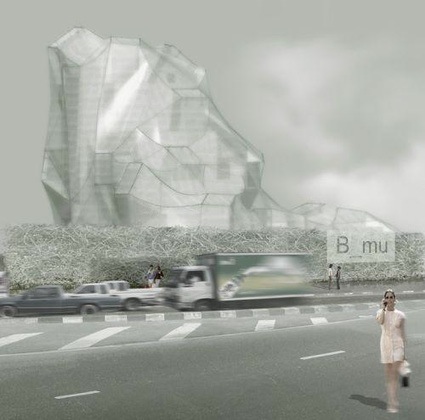 Dustyrelief / B_mu, 2002
Dustyrelief / B_mu, 2002
Dustyrelief / B_mu: R&sie’s proposal involved covering the building of a museum in Bangkok with an electromagnetic skin to attract the dirt from the air. The pollution becomes a tangible layer that grows like a fur on the exterior.
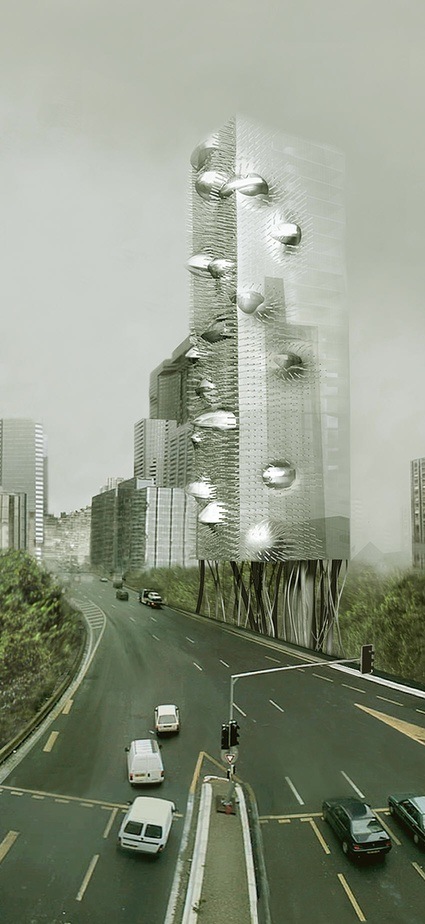 (Un)Plug
(Un)Plug
(Un)Plug, a speculative skyscraper project commissioned by the Parisian electricity company EDF, that would disconnect (‘Unplug’) the building from the urban ground and its energy network, gaining instead its energy from the sun. Over the course of the day, the glass facade would be disfigured and swell to respond to contact with renewable energies.
Previous entries about R&sie{n} include: Hybrid muscle, viral architecture and Re-sampling Ornament.
Other book by Alessandro Rocca: Natural Architecture.

